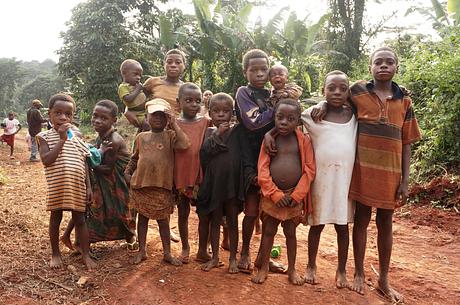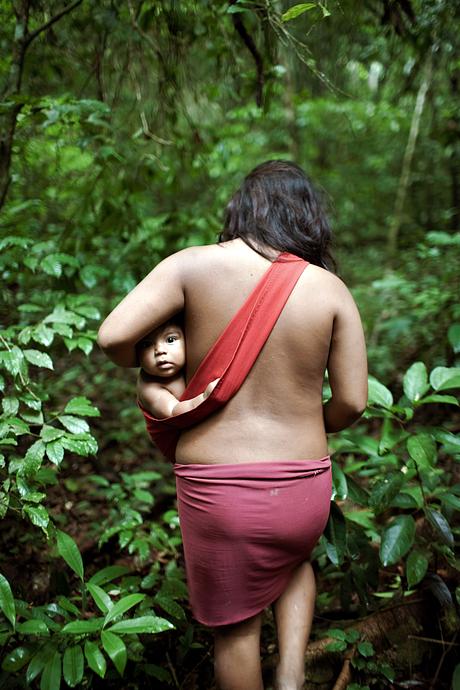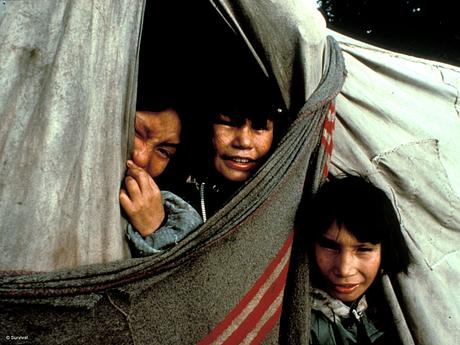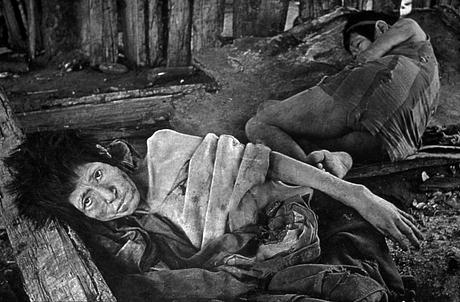Tribal children driven to suicide and solvent abuse: new gallery for UN Children's Day
November 20, 2013
 © Mike Goldwater/Survival
© Mike Goldwater/SurvivalThis page was last updated in 2013 and may contain language which is now outdated.
To mark UN Children’s Day on November 20, a new photo gallery from Survival International highlights appallingly high levels of suicide and social breakdown amongst tribal children whose lands have been taken. The gallery also provides rare insights into their ways of life.
Tribal children stand to inherit their tribe’s unique language, ways of life and environmental knowledge. But they also suffer the consequences of the theft of their land and forced assimilation into the mainstream, often resulting in devastatingly high rates of addiction, suicide and chronic disease.
Survival reveals shocking new figures which show that type 2 diabetes has been found among Innu children of north-eastern Canada. The Innu used to live a nomadic hunting lifestyle but since they were pressured into settlements in the mid-20th Century, rates of suicide, obesity, addiction and diabetes have soared.

New findings also show that over-hunting in the forest of the Baka ‘Pygmies’ in the Congo Basin has led to protein deficiencies amongst their children, and that some Pygmy children in the Republic of Congo are being employed by market traders to clean out latrines – and paid in glue to sniff.
Survival’s gallery explores how girls of the Awá in Brazil, who are one of the last nomadic tribes in Brazil and known as Earth’s most threatened tribe, learn to gather berries to make açaí juice from a very young age, and how young Bushmen boys in southern Africa used to learn to hunt with toy bows and arrows.
But the tribes’ survival is at risk as the Awá’s forest is being cleared faster than any other Indigenous area in Brazil, driving the Awá to the brink of extinction, and the Bushmen are being pushed off their ancestral land by the Botswana government.
 © Domenico Pugliese
© Domenico Pugliese
‘I grew up a hunter. I cannot read but I do know how to read the land and animals. All our children could,’ said Roy Sesana of the Bushmen.
Survival’s Director Stephen Corry said today, ‘As we celebrate the extraordinary diversity of tribal children on UN Children’s Day, we mustn’t forget that their very existence is under threat. Unless governments protect tribal peoples’ rights to their land and self-determination, their children face an uncertain and dismal future.
Go to Survival’s gallery for further rare insights into the lives of tribal children.
Note to Editors:
The gallery is available for distribution on request.




